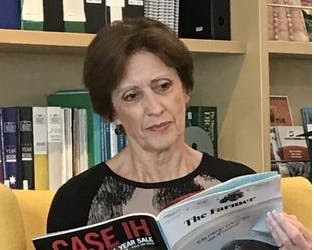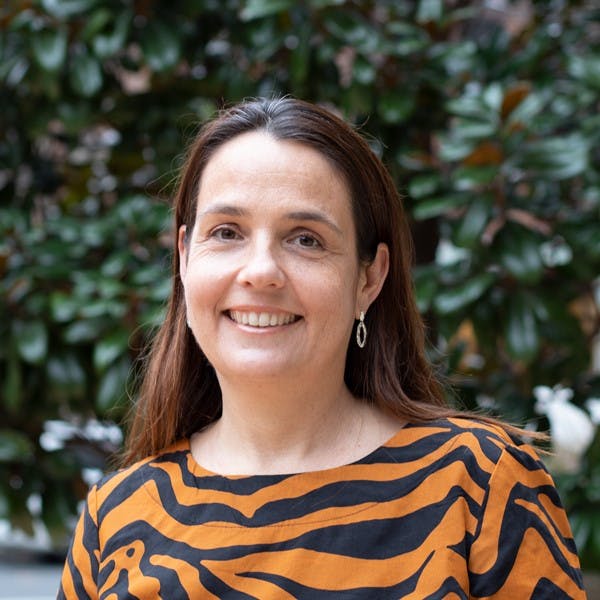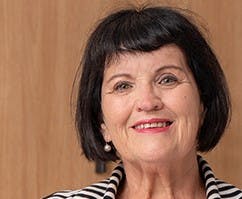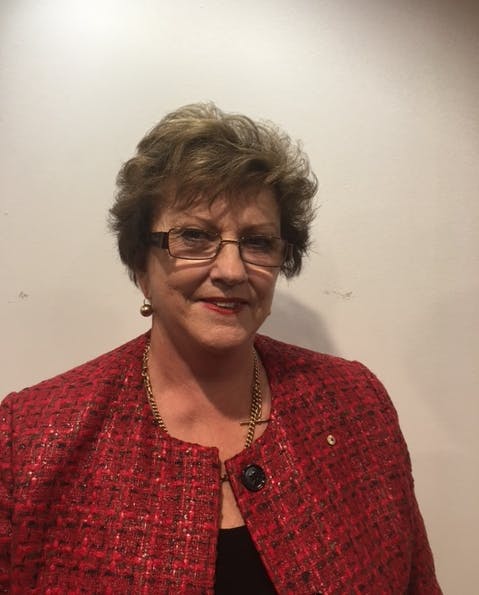Customer Advocacy Group
About Essential Energy’s Customer Advocacy Group
The Customer Advocacy Group (CAG) plays a crucial role in Essential Energy’s decision-making process, as members deliberate on issues related to electricity supply and related services impacting Essential Energy customers. CAG members also provide consumer advocate perspectives to help steer Essential Energy's transition within the energy sector, for regional, rural and remote communities of New South Wales.
Some recent examples include:
- Increasing levels of solar exports can affect power quality on certain days in specific network areas. CAG members discussed innovations to benefit customers and the energy system, offering insights on flexible connection agreements, pricing reforms, battery trials, and network investments.
- Working together on public safety initiatives and communications in the agricultural industry, targeting key seasons and high-risk safety concerns.
- Engaging on Essential Energy’s 2024-29 Regulatory Proposal to the Australian Energy Regulator (AER).
- Exploring how Essential Energy can most effectively assist communities in disaster response.
Customers are encouraged to contact Customer Advocacy Group members to provide feedback for discussion at these meetings.
Customer Advocacy Group Terms of Reference
Page last updated: 17 Jul 2025, 04:55 PM









